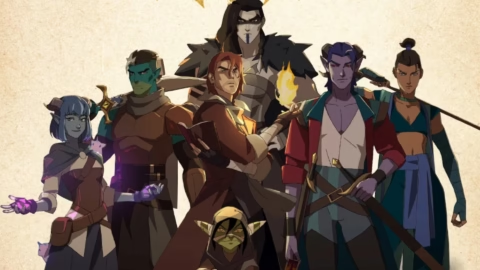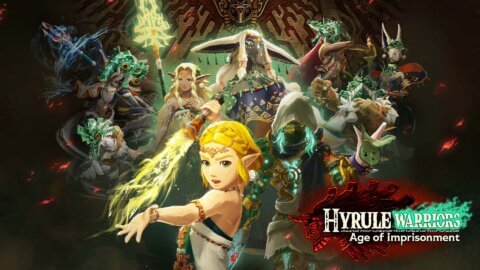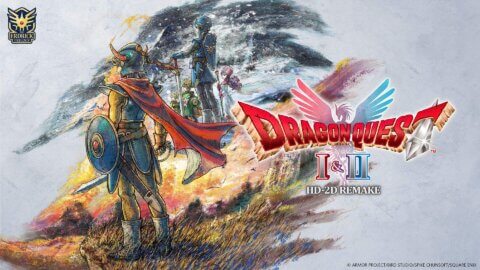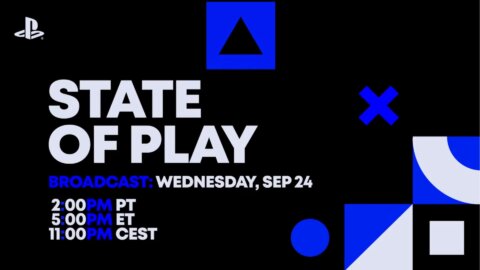When Pokémon Legends: Z-A was announced, I felt that familiar spark of curiosity that Legends: Arceus first lit. It was clear that Game Freak wasn’t content to just rest on nostalgia anymore, they were trying to reshape what a Pokémon game could be. That’s what makes the Legends series exciting to me. After 30 years of largely sticking to the same formula, we’re finally seeing the developers experiment, take risks, and challenge our expectations of what a Pokémon adventure looks like. Like Arceus before it, Z-A is less about repeating tradition and more about expanding what Pokémon can be. It’s not perfect, but it’s daring, and in a franchise this old, that alone feels like progress.
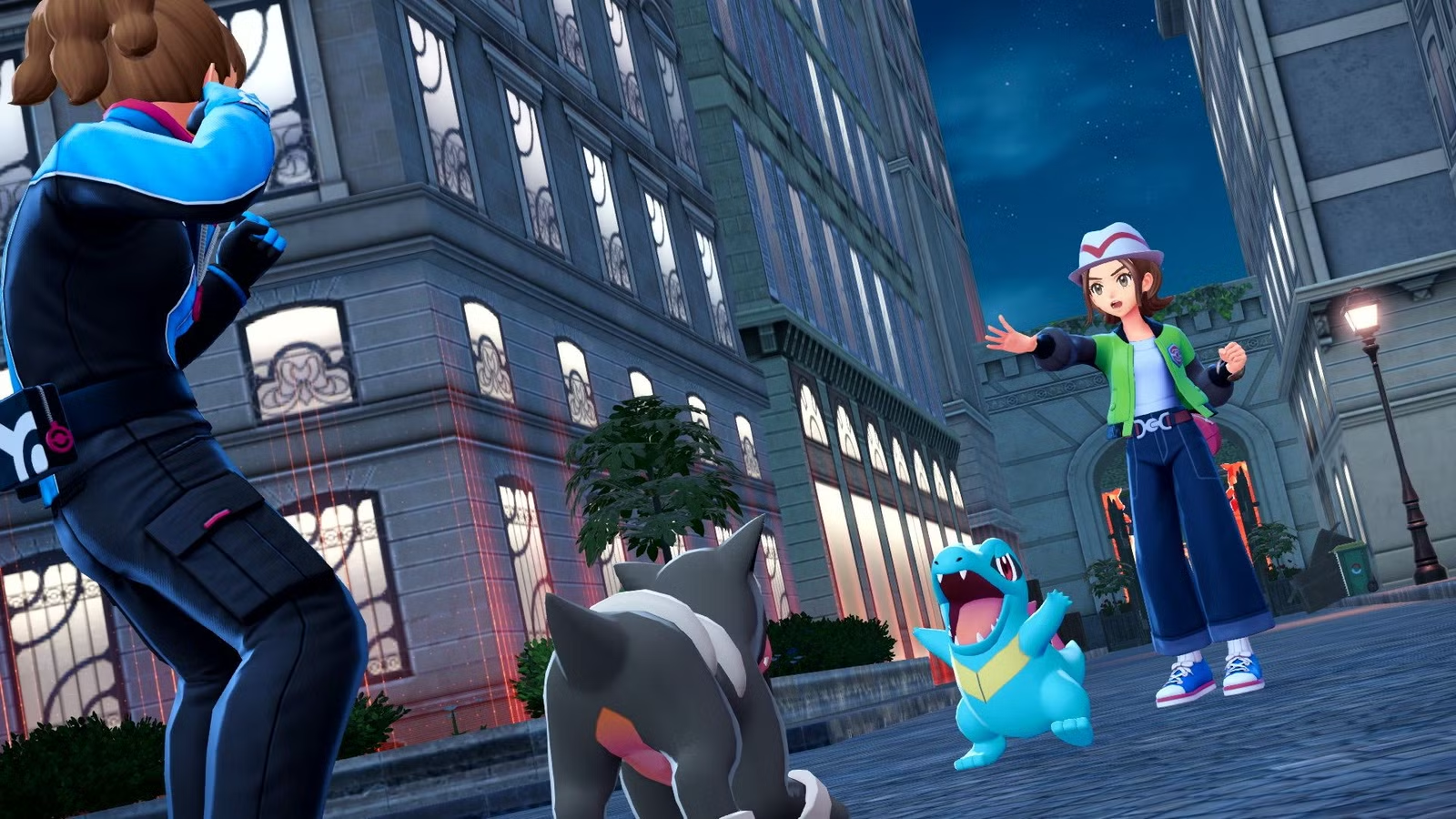
The first surprise is the setting. Instead of a sprawling region full of routes and towns, Z-A takes place entirely inside Lumiose City, right in the heart of the Kalos region. At first, I wasn’t sure how I felt about being confined to a single city. But within a few hours of exploring, it was clear that Lumiose has never looked or felt this alive.
The city is massive, a real urban sprawl, packed with shops, cafés, arenas, alleyways, plazas, and high-tech districts that pulse with life. It’s far more detailed and interactive than the Lumiose City we saw back in Pokémon X and Y. There’s traffic, chatter, lights, movement, it feels like a city that actually exists rather than just a pretty backdrop.
The story picks up five years after the events of X and Y, which longtime fans will appreciate. There are subtle nods to the Kalos lore, familiar characters making cameo appearances, and references to the region’s history with Mega Evolution. But it never leans on nostalgia too heavily. Even if you never touched X and Y, you can jump into Z-A and still get a full story.
The setup revolves around strange sightings of rogue Mega-Evolved Pokémon appearing throughout the city. These creatures have lost control, causing chaos and destruction. As a newly registered Pokémon trainer brought into Lumiose’s revitalisation project, your job is to investigate these incidents, uncover what’s causing them, and restore balance. It’s a smaller-scale story compared to other Pokémon games, but it works because it feels grounded. You’re not saving the world, you’re trying to save a city that’s tearing itself apart from the inside.
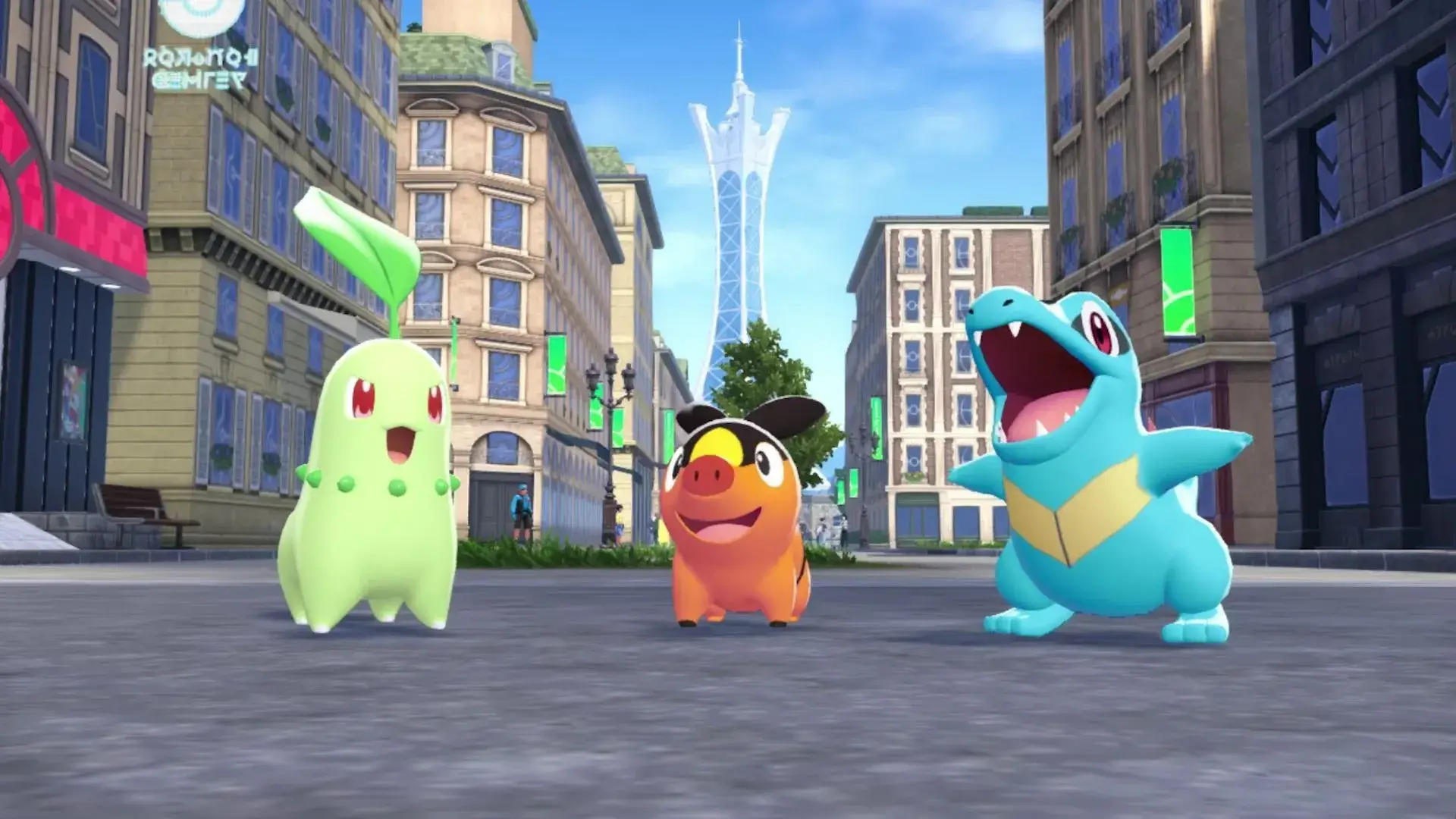
Gameplay in Z-A is divided between day and night, and the difference between the two is one of the game’s best touches. By day, Lumiose feels like a living, breathing place to explore. You’ll take on quests, help locals, catch Pokémon in various wild zones, and uncover secrets tucked away in hidden corners of the city. You can visit stores, interact with factions among many other activities. The wild zones themselves are surprisingly varied for being within one city, overgrown parks, canal districts, industrial yards, rooftops, even cemeteries. They’re not quite the sweeping wilderness of Arceus, but they do a good job creating diversity within the urban limits.
By night, the tone shifts entirely. That’s when the Z-A Royale takes over, a citywide tournament that feels like the game’s core. Every night, you enter the Royale to climb the ranks from Rank Z to Rank A. You earn Ticket Points through battles scattered across designated battle zones. Once you collect enough, you obtain a Challenger’s Ticket, which lets you face a ranked trainer in a special promotion match. Win that, and you move up the ladder.
The Royale is addicting. Each tier introduces quirky, colorful characters, fashion-obsessed influencers, underground hackers, ex-Team agents, street performers, each with their own Pokémon teams, battle styles, and backstories. It’s through these matches that you start to uncover the hidden politics and history of Lumiose. The city feels like it has factions competing for influence, and the Royale acts as the stage where all those rivalries play out. It’s not just a side mode, it’s the backbone of the game. And it’s easily one of the best new systems Pokémon has introduced in years.
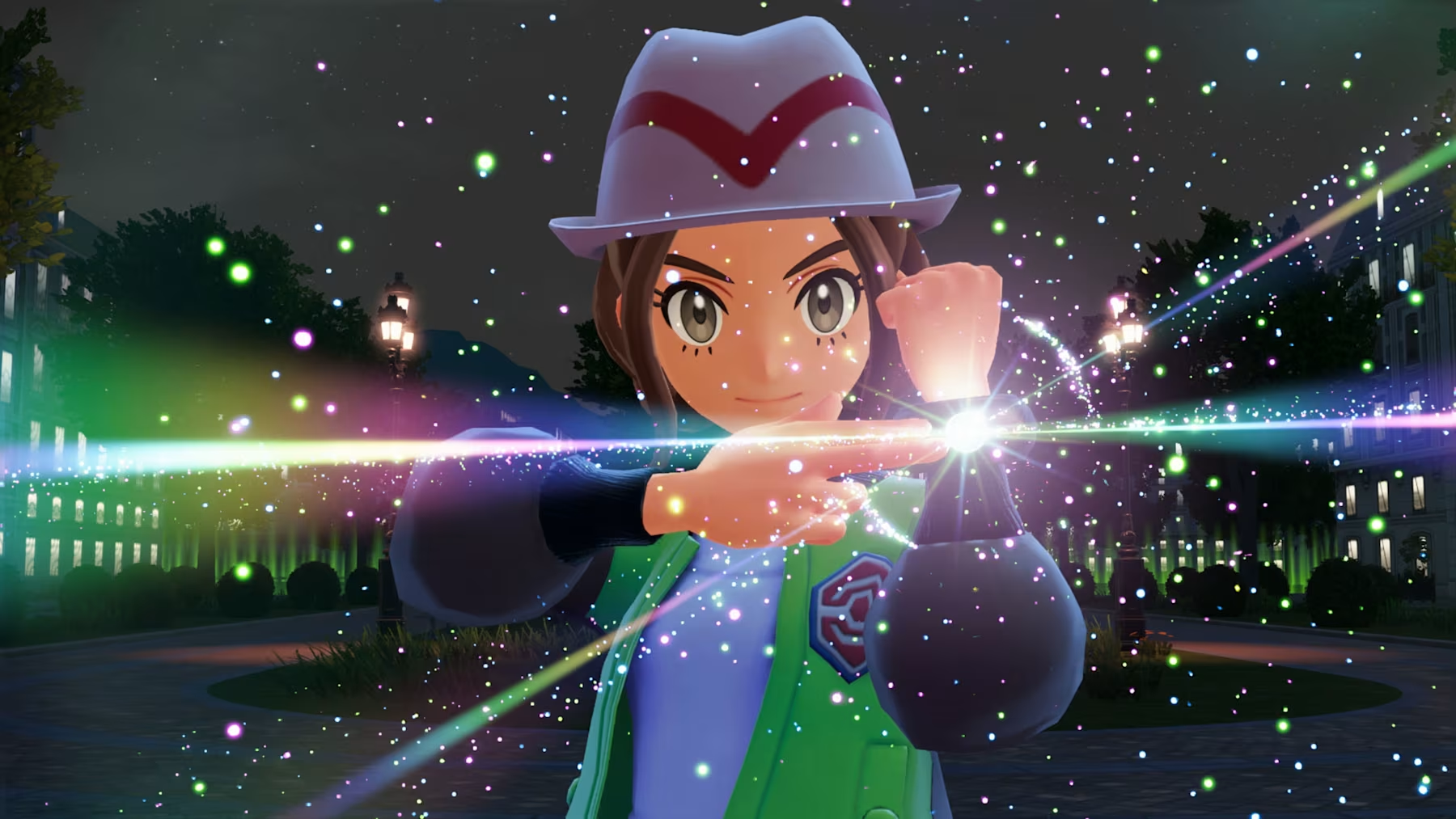
Throughout the story, you’ll encounter rogue Mega Pokémon, which act as the game’s boss battles. These are no joke. They hit hard, they move unpredictably, and they require actual strategy. These fights are where Z-A’s new battle system shines most. You can’t just brute-force your way through like in the old turn-based games. You have to think about positioning, timing, and cooldowns. Each attack now has a short cooldown timer, which prevents button-mashing and forces you to plan ahead. You move around freely in real time, dodging attacks, closing gaps, or setting up traps. It feels fast, reactive, and cinematic, more like an action RPG than a traditional Pokémon game and reflects the feeling of how the anime’s battles play out. When you finally bring down a rogue Mega, it’s incredibly satisfying. These encounters also tie directly into the story, revealing fragments of what’s causing these Pokémon to lose control. It’s a great blend of challenge and narrative reward.
Speaking of Mega Evolution, it’s finally back. In Z-A, you build up a Mega Energy gauge during battle. Once filled, you can trigger a Mega Evolution mid-fight if the Pokémon holds the specific mega stone required. But unlike before, it’s not a once-per-battle gimmick. The gauge depletes over time, meaning you can Mega Evolve multiple times in longer fights if you play well. This makes Mega Evolution feel less like a cinematic moment and more like a tactical decision.
The game even introduces several new Mega forms for familiar Pokémon, including some unexpected choices that I won’t spoil here. It’s honestly one of the most exciting parts of Z-A, both mechanically and visually. Seeing new Mega designs again after so many years was a thrill.
Catching Pokémon works similarly to Arceus but with some refinements. You no longer need to catch a heap of the same Pokémon to complete your Pokédex, thank goodness. Each species requires only a few key tasks or encounters to fully research, which keeps things moving and avoids repetition.
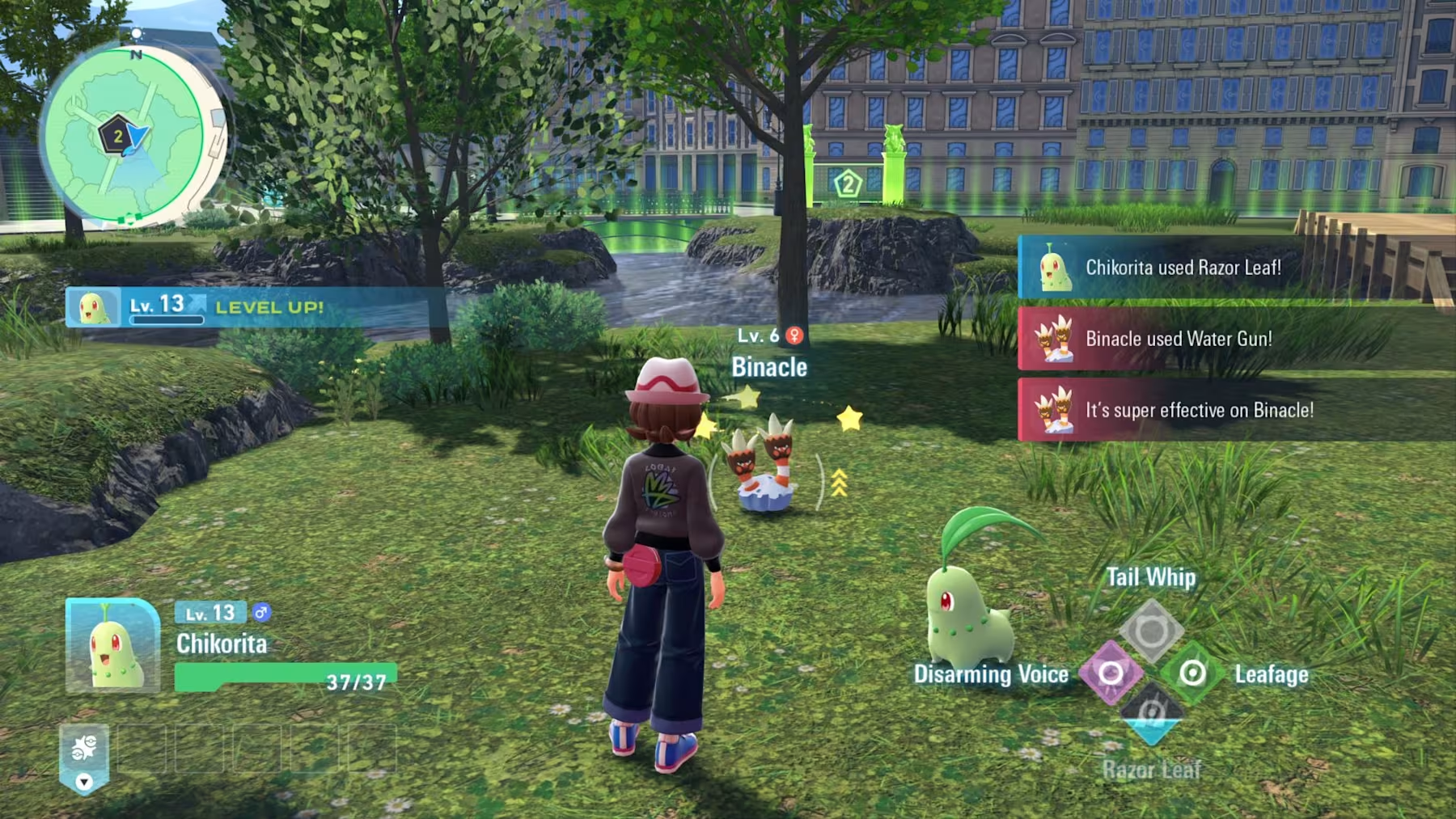
The city’s wild zones are where most of the action happens. They’re self-contained environments filled with Pokémon that behave dynamically, they fight, flee, or even interact with each other. You can sneak up, throw Poké Balls directly, or engage in battles on the spot. It’s still that hybrid of exploration and action that Arceus introduced, but tighter and more focused this time.
There’s a lot I love about Z-A. The battle system is easily the biggest and boldest change the series has ever made. It’s fast, tense, and forces you to actually play Pokémon rather than just select menu options. The Z-A Royale keeps the pace fresh and gives you plenty of motivation to keep coming back. The story, while not world-ending, is grounded and full of personality. And the performance on the Switch 2 is solid, a huge relief after Scarlet and Violet’s rocky launches. The game runs smoothly, looks sharp, and feels like it’s finally utilizing modern hardware properly.
But not everything clicks. For one, while Lumiose City is huge, not every area feels worth exploring. There’s a lot of gray, literal gray, and some sections just blend together visually. The design team nailed a few districts (the botanical gardens, the neon waterfront, the glass sectors), but other stretches are bland and repetitive. In a game this long, that sameness starts to drag.
Then there’s the lack of voice acting. This is something that’s becoming increasingly hard to overlook. Z-A features cinematic cutscenes that are clearly designed to be emotional and story-driven, yet they play out in complete silence. Characters emote and gesture beautifully, but without voices, the impact just isn’t there. Worse, dialogue in many scenes auto-advances, meaning kids or slower readers might struggle to keep up. Pokémon desperately needs to cross this bridge as full voice acting should be standard by now, especially in a franchise as big as this.
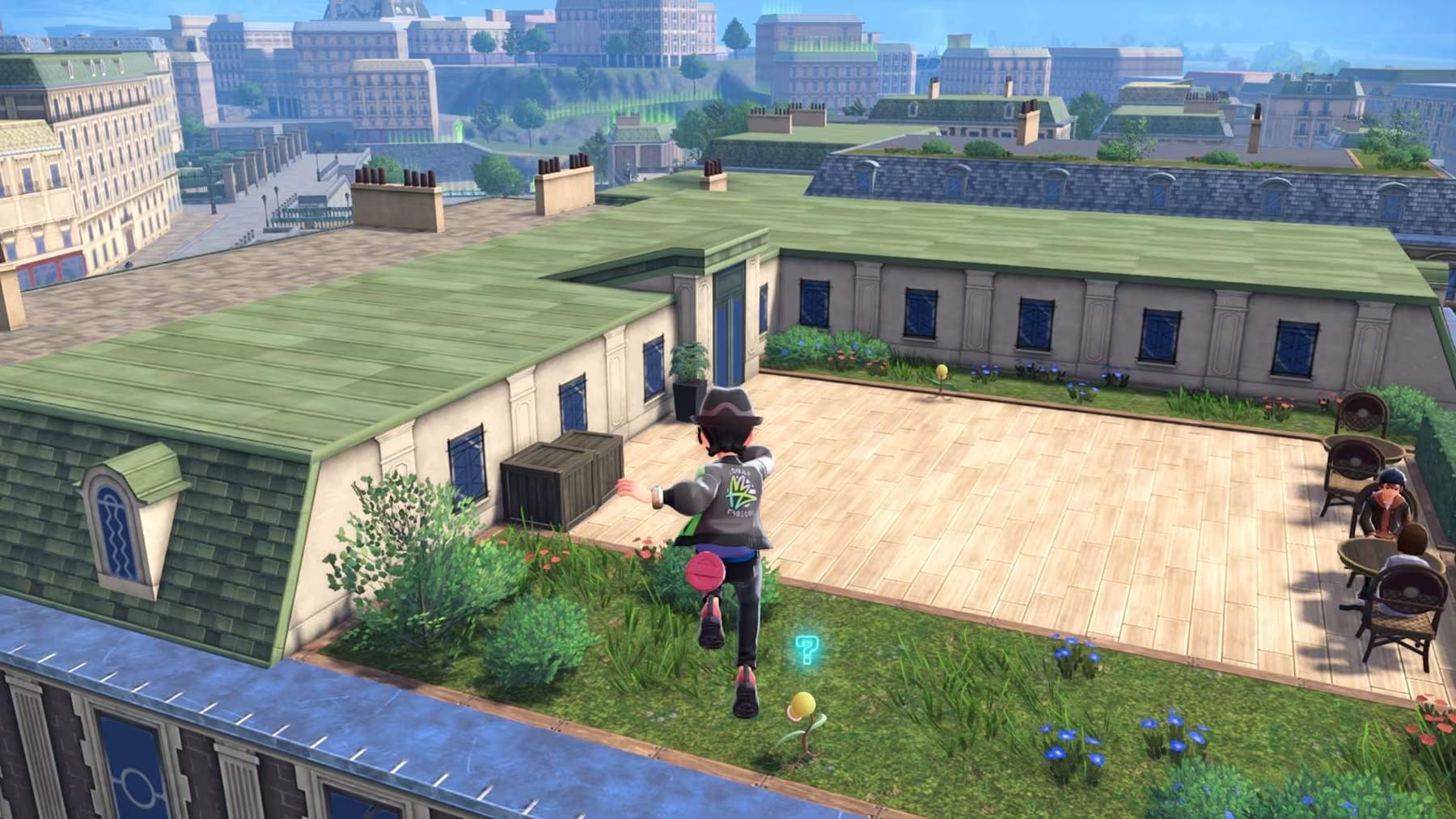
Final Thoughts
Pokémon Legends: Z-A isn’t perfect, but it’s bold. It takes chances the series has avoided for far too long. Focusing the entire adventure within one city could’ve been a disaster, but it mostly works thanks to how alive Lumiose feels and how strong the new battle system is. The Z-A Royale gives the game a clear purpose, the rogue Mega Pokémon inject tension, and the combat overhaul breathes new life into battles that had started to feel mechanical.
Sure, it stumbles in a few areas, visual repetition, the absence of voice acting, a handful of dull side missions, but I respect what it’s doing. Game Freak is finally experimenting again, and I hope they keep that momentum going. If Arceus was Pokémon’s leap of faith into open-world exploration, Z-A is its leap into dynamic, real-time combat and urban storytelling. It’s the kind of reinvention this franchise has needed for years. And after spending a long time exploring, battling, and ranking my way through Lumiose City, I’m more excited than ever to see what comes next for Pokémon.
A Nintendo Switch 2 review code was provided by Nintendo for the purpose of this review.
If you want to see more content like this and never miss one of our frequent gaming and anime giveaways come and Follow Ani-Game on Twitter.
8
- + Fun new changeups to the battle system
- + New Mega Evolutions to discover
- + Plenty of quests to complete outside of the fun core gameplay loop
- + Managed to pull off the single urban setting overall
- - Has some environments that are too grey and repetitive in design
- - Is really crying out for voice acting
